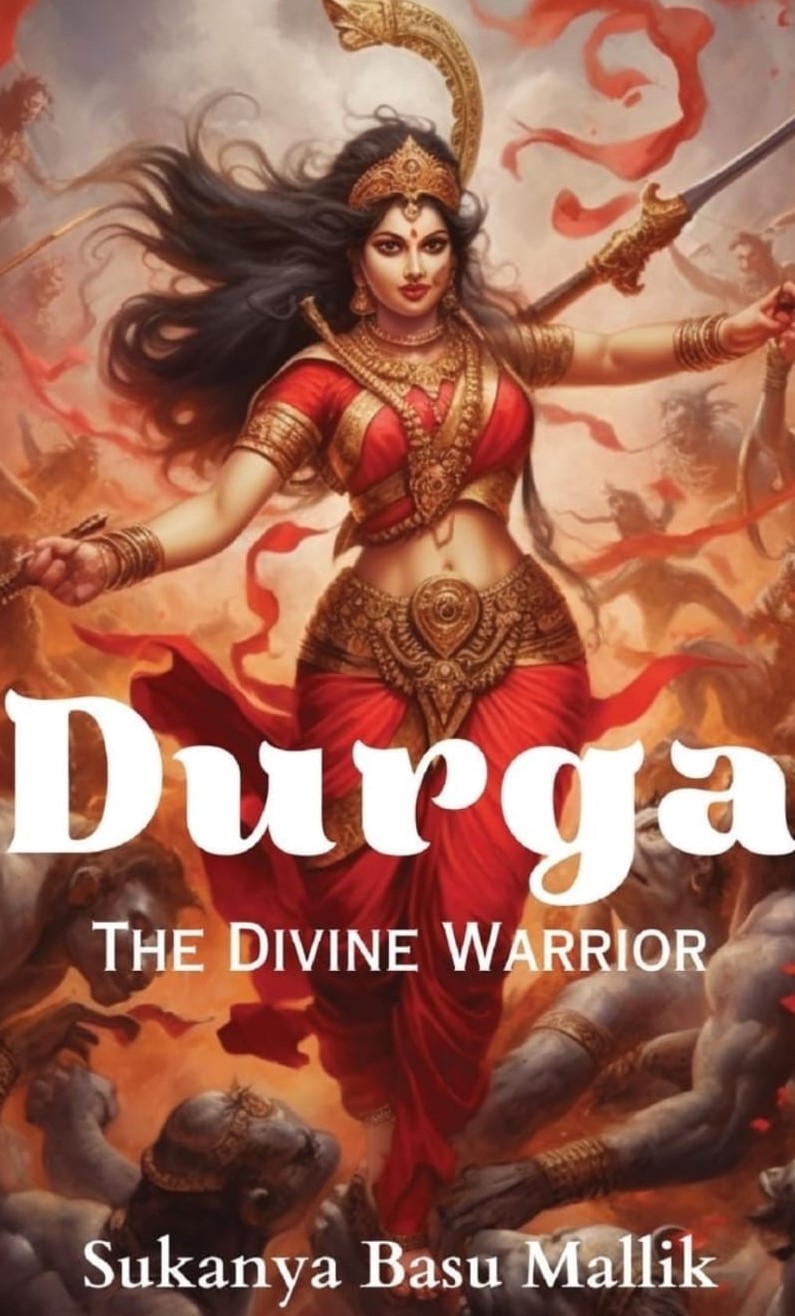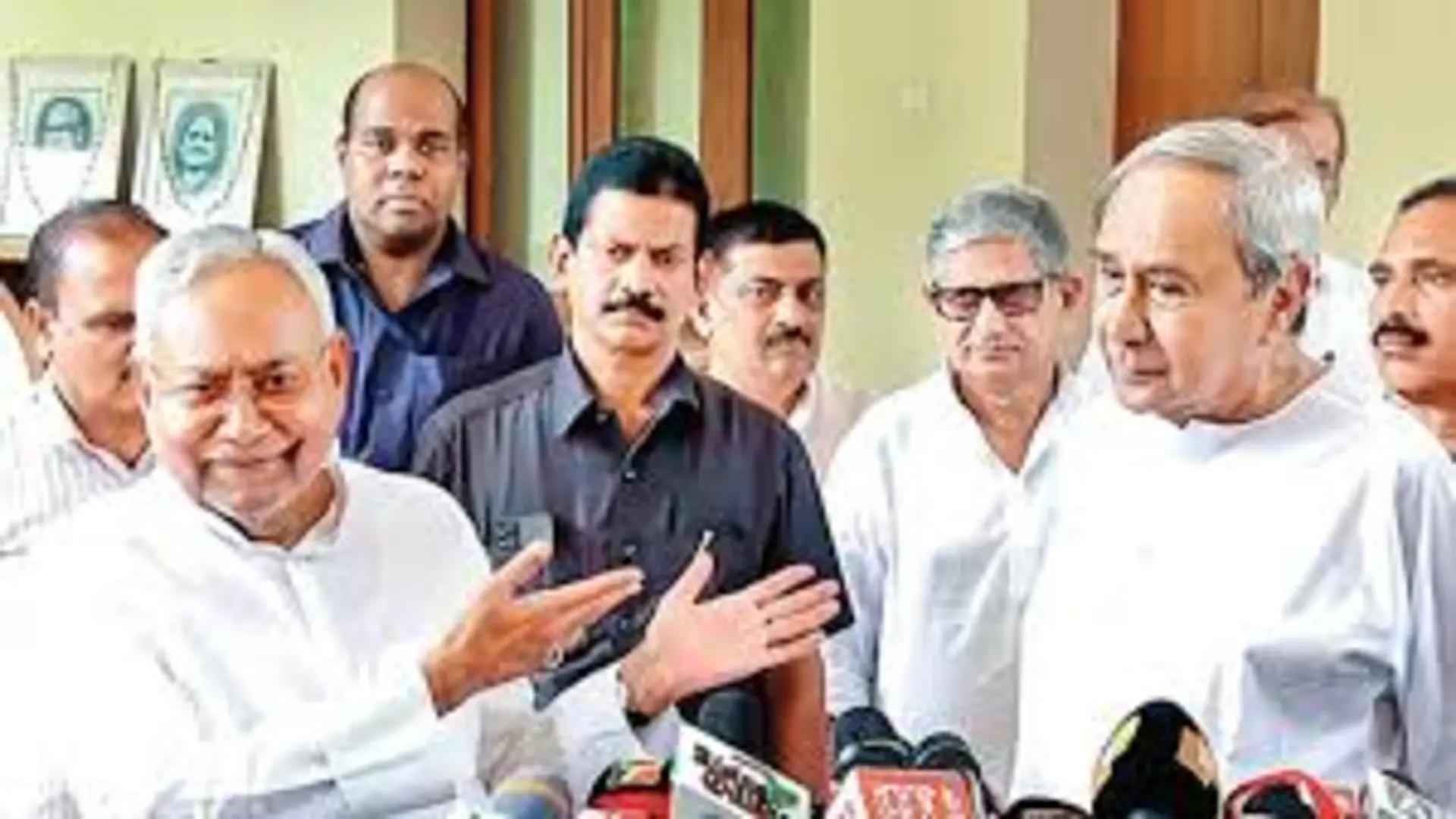The fascinating story of Dusyanta falling for Shakuntala, in the hermitage of Rishi Kanva where she was brought up after her mother, the nymph Menaka, had deposited her as an infant, is world famous. To a lesser extent is the fame of Bharat or Sarvadaman, the brave little son who did not fear a lion. Since the modern world prefers an outline of the story, a few fascinating details remain untold about the famous play Abhijnana Shakuntalam by Kalidasa.
The original outline was derived from an anecdote told in the Mahabharata. Kalidasa refashioned the rather drab contract between Dusyanta and Shakuntala into a drama full of romance and pathos. He first rendered Dusyanta blameless for abandoning Shakuntala through the introduction of the lost-and-found ring, the token for her recognition, and then went on to define his love in terms of vague unease until it rebounded into utter remorse for his memory lapse when the ring was discovered.
The drama with all its poetic content was designed as a song-and-dance play. In all, there are seven scenes. Of these, I have found two most charming art-within-art enactments.
The first one is the beauty of the love-letter. At the initial stage of their meetings in the hermitage, the enamoured Shakuntala is shy and her friends chatter about her, unrestrained before a stranger. Soon she begins to feel lovelorn. At this stage, they encourage her to write a letter addressed to Dusyanta. When she reads her letter aloud to them, Dusyanta overhears her and that makes communication superfast and propels the drama towards its greater climax.
In a later scene, and this is the trickiest part I am going to dwell upon, Dusyanta draws a portrait of the three girls. I guess it is in organic water colour as he points to a spot which has been erased by his remorseful tears. He had rejected Shakuntala when she came and now, unable to find her, all he can do is recall her memory. He draws all three girls!
Dusyanta’s best friend, a supposed confidante, hadn’t seen the girls at all. So, he is left puzzling over which of the three girls is Dusyanta’s dream-girl. I wonder, while he possessed all martial and administrative skills, even basic masculine charms, was it possible that Dusyanta could draw accurate portraits? His skill as an artist is praised by an eavesdropping Misrakesi, a nymph friend of Menaka, as proportionate to the intensity of his love – the high-definition memory of the girl(s) he had met in the hermitage.
Of great portraiture, I can say, the royalty paid in gold coins to get theirs done by famous artists. The royalty also used their leisure in the pursuit of art and literature. But if Dusyanta has to chide Madhavya for not perceiving which of the girls was the most beautiful, it puts a question mark on his painting skills, if not on his affection.
In our times, this is known by the adage ‘beauty lies in the eyes of the beholder’. Dusyanta acted as a lover. For the artwork, Raja Ravi Varma cleared the matter for us.

Anuradha Bhattacharyya is an Indian author known for her poetry, short stories and novels in English.














